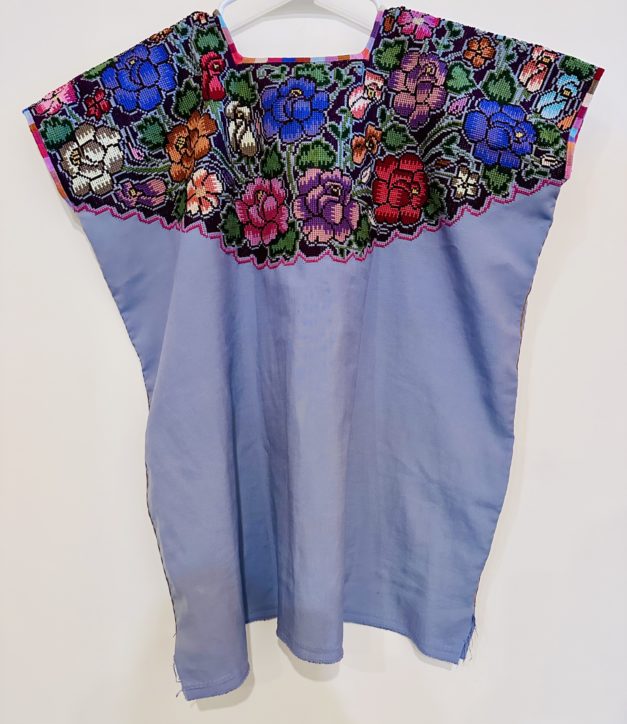This week I’m traveling with twelve students, three faculty members and a videographer from North Carolina State University Department of Horticultural Science. It’s a study abroad program that I organized for Professors Ricardo Hernandez and Julieta Sherk.
Many students are from rural North Carolina and have never been to Mexico before. They are studying sustainable agriculture, horticulture, nutrition, business, textiles, agribusiness and landscape design. They will become researchers, educators, managers and practitioners.
Mexico is our learning laboratory for comparing and contrasting the way food is developed, managed, commercialized and distributed.
A highlight of the week was our visit to Tierra del Sol in San Jeronimo Tlacochahuaya, Oaxaca, in the Tlacolula Valley. We spent the morning on a tour to see small scale farming, sustainable agriculture, organic farming, respect for the land and the cultural history of the Zapotec people. We talked about how education is the primary mission of the farm.
It is a demonstration model for young children and families who want to keep the traditional methods of growing and fertilizing vegetables that have a 10,000 year old history here.

New cabins for volunteers constructed with bamboo, waddle and daub
Staff work with residents of the adjacent village of San Jeronimo Tlacochuhuaya who want to learn more about sustainable agriculture/permaculture. They also organize programs in the schools.
Tierra del Sol has been in existence for about fifteen years, founded by Pablo Ruiz Lavalle. The farm manager is Julio Abimael, who is also a beekeeper.
The organizers are planning an internship program and we discussed the possibility of an exchange program where university students could come to work, study, learn and earn university credit for the experience.
In addition to eating some yummy, home-baked corn bread that we slathered with garlic pesto made in the farm kitchen, the students had fun making mud plaster and applying it to adobe bricks at the base of the Gaia building, covered with a thatch roof.
Recycling is an essential part of sustainability at Tierra del Sol. Baño seco, the composting toilet, is one feature. Both animal and human waste is used for plant fertilizer. Water is recycled and there is attention to using only what is needed, and then giving it back to the earth.
We compared large-scale farming methods of agribusiness, complete with chemical fertilizers and irrigation systems, with the small, ten-acre plots of land with non-GMO seeds that indigenous people in Oaxaca depend upon for nutrients.
Overall, it was an excellent day.
Solar panels heat water for personal use.























12 responses to “NCSU in Oaxaca: At Tierra del Sol Permaculture Farm”